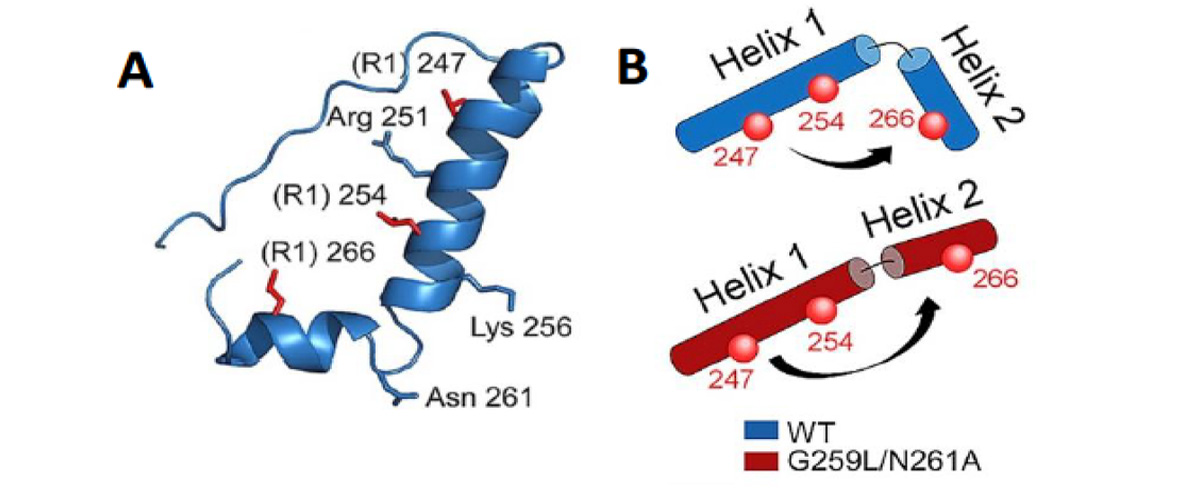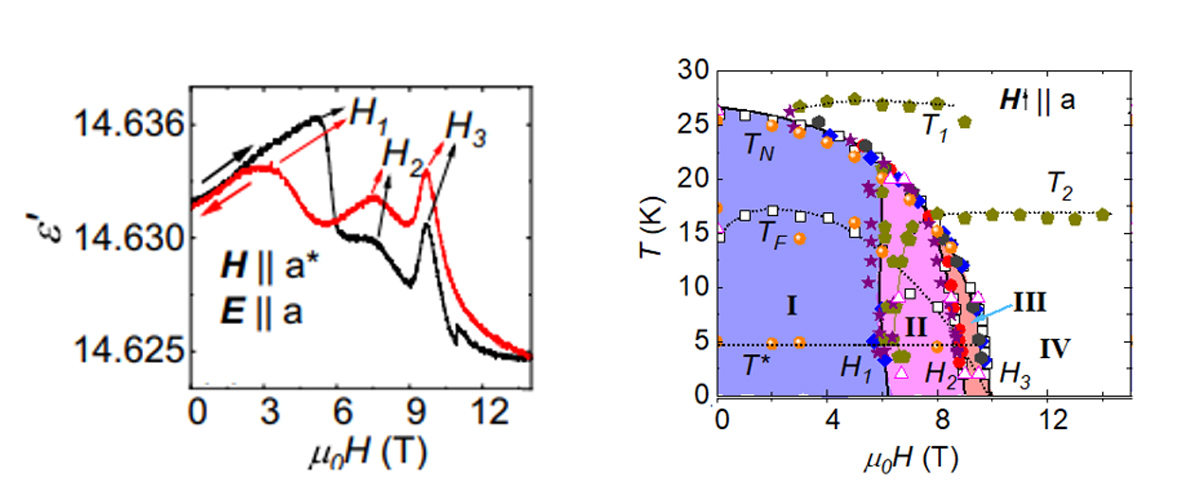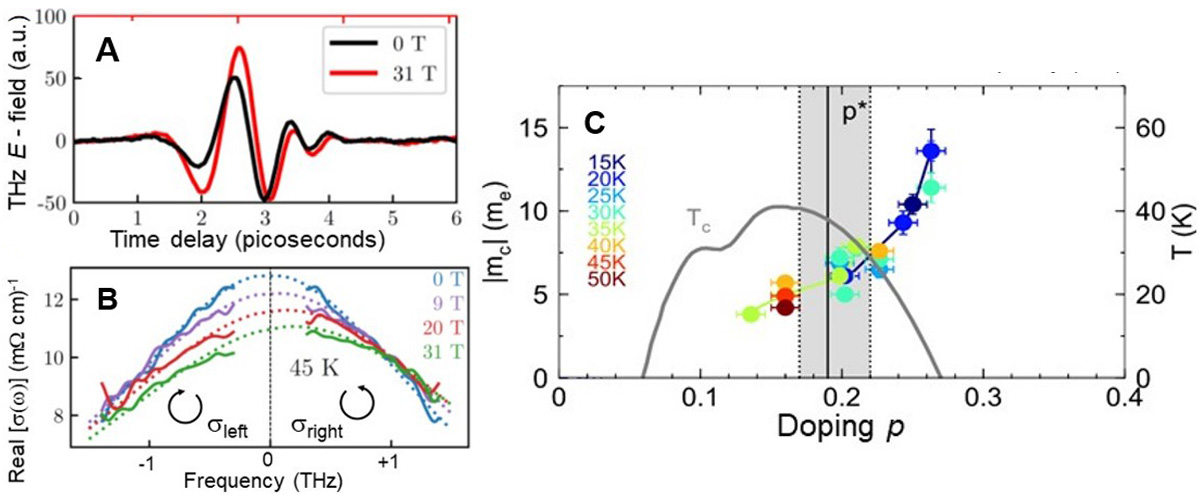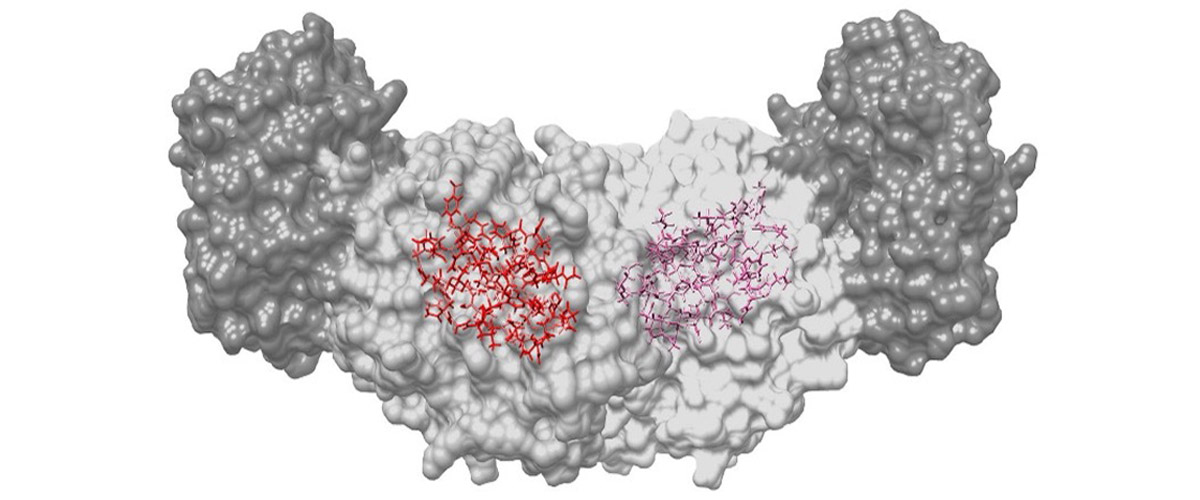What did scientists discover?
T cells are a type of white blood cell that patrol the body for cellular abnormalities and infections, playing a critical role in preventing and combating disease. Scientists studied the cells’ surface proteins, called T-cell antigen receptors (TCRs), measuring their molecular movements relevant to immune system activation. They learned how a surface protein responds to outside signals to activate immune responses and attack diseased cells.
Why is this important?
The findings suggest strategies to develop new therapies to regulate how T-cells fight cancers and other diseases. T-cell therapies have emerged as among the most promising forms of cancer immunotherapy. The findings may help researchers fine-tune T-cell therapies to the specific requirements of individual patients.
Who did the research?
K.N. Brazin1, R.J. Mallis1, A. Boeszoermenyi1, Y. Feng2, A. Yoshizawa1, P.A. Rech3, P. Kaur4, K. Bi1, R.E. Hussey1, J.S. Duke-Cohan1, L. Song4, G. Wagner1, H. Arthanari1, M.J. Lang2, E.L. Reinherz1
1Harvard Medical School; 2Vanderbilt University; 3Univ. Complutense de Madrid, Spain; 4National MagLab
Why did they need the MagLab?
Electron Paramagnetic Resonance (EPR) and spin labeling techniques offer unique opportunities to measure the structures of proteins associated with cell membranes. This is because EPR measures distances between unpaired electron spins (the “spin labels”) as well as the depth to which a particular spin label becomes immersed in a membrane to which the protein is attached. The MagLab’s EPR spectrometer allows researchers to determine the molecular structures and interactions of proteins in membranes, including the T-cell receptors that were the subject of this study.
Details for scientists
- View or download the expert-level Science Highlight, Molecular Movements Within T-cells that Activate the Immune Responses that Attack Infected or Diseased Cells
- Read the full-length publication, The T-cell Receptor α Bipartite Transmembrane Domain Coordinates Antigen Triggering by Regulating Bilayer Immersion, CD3 Association and Transcriptomes, in Immunity
Funding
This research was funded by the following grants: G.S. Boebinger (NSF DMR-1157490); E.L. Reinherz (NIH AI138489); G. Wagner (NIH GM047467, NIH AI037581); M.J. Lang (NIH AI100643)
For more information, contact Likai Song.






